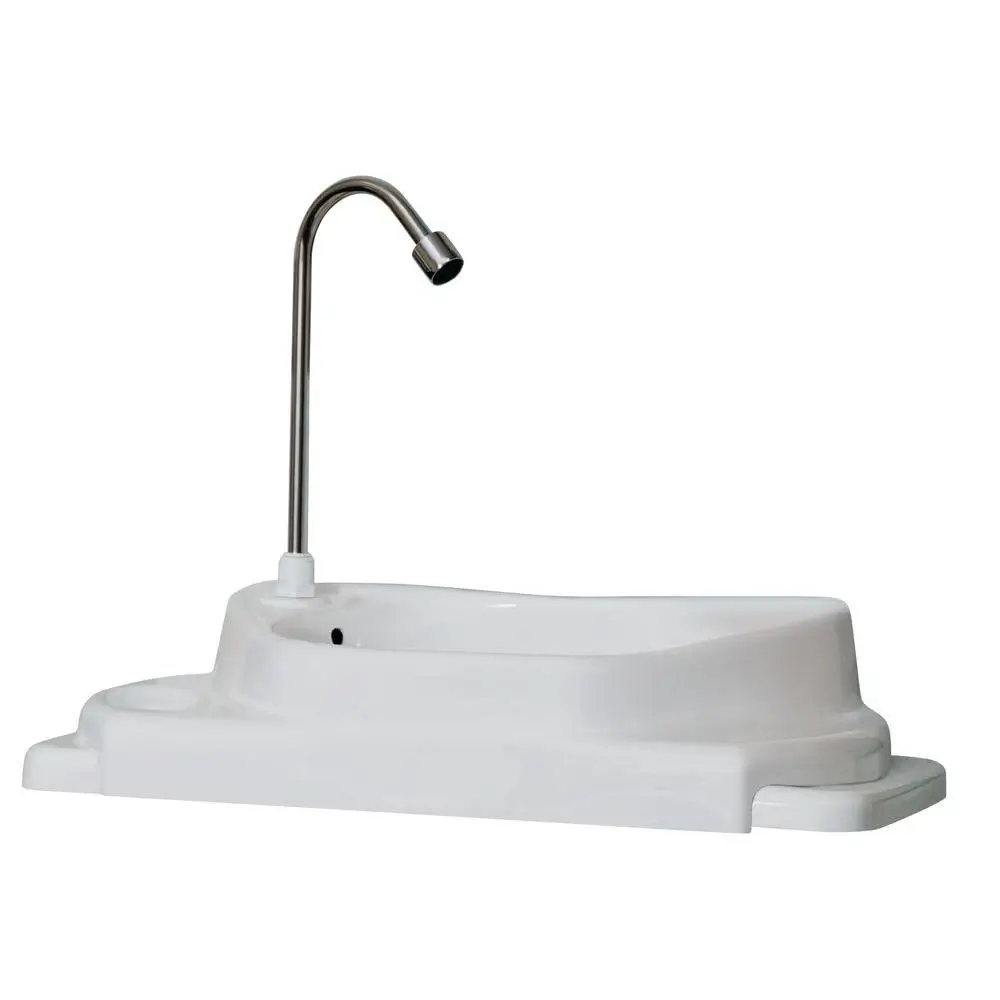I recently had the dubious pleasure of fixing our Whirlpool top loading washing machine. My diagnostic skills were wanting and it took me three tries, but finally fixed it - all for less than it would have cost to have a real repair technician do it given the savings on labor. So bear with me for some comments on ease of repair for the DIY types.
The problem started as tub would not spin if it was loaded normally. This left soaking wet clothes at the end of the wash cycle which required wringing out by hand or even line drying.
The first repair attempt was replacing the splutch cam on the bottom of the machine. Unplug and unhook the water fill hoses, tip machine over, and easy access. A 5 minute, very easy, job.
I then sent the machine through a test cycle while unloaded… and the tub spins! Yeah! And the machine shook so violently that it starting walking across the floor! Yikes!
Next repair attempt was replacing the suspension rods. These are shock absorber-like springs in each corner of the machine that is supposed to even out any shaking. This job was a huge PITA. Take the top off the machine, flip it on its side, and work from the top and the bottom to remove and replace each suspension rod. Even had to roll the machine onto one side to finish the job. This machine (and many like it) and not well designed to easily do this relatively common repair. More than an hour of struggling and I got the job done.
I then sent the machine through a test cycle while unloaded… and the tub spins! Yeah! And the machine shook so violently that it starting walking across the floor! Unplug the machine. Curse a bit. Back to the drawing board.
Third attempt, replace the drive hub kit which is the part that connect the wash tub to the splines of the transmission. It took quite a bit of effort to remove the wash plate (the big disc at the bottom of our tub, since out model does not have an agitator. A few squirts of lime scale remover and soak time loosened it up. Once I got the wash plate off I removed the hub and found that the plastic gear-like grooves had been worn nearly smooth so the tub was not connecting well to the transmission and wasn’t getting power to spin, particularly when heavily loaded. Only then did I order the part which took several days. But once the part arrived it was a 5 minute easy job.
I then sent the machine through a test cycle while unloaded… and the tub spins! Yeah! And the machine cycled through the entire test sequence. It worked! Problem was likely caused by overloading the machine, particularly when washing blankets for the dogs.
I later looked for models that would have a metal hub kit thinking they would be more durable. There are some made by LG. The hub replacement would be a MUCH bigger PITA on an LG and you are just as likely to wreck the entire costly transmission as the cheap hub kit. But the suspension rods were a better design and would have been easier on an LG.
Overall two of these DIY projects were reasonably easy on our Whirlpool. There are excellent videos on Youtube providing stepwise instruction on a variety of repairs. And if I even think I need to replace the suspension rods again I will seriously consider suckering in someone else, a friend who likes a couple beers perhaps, to do the job, maybe even giving up and paying a pro.


